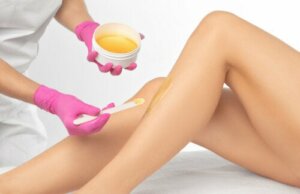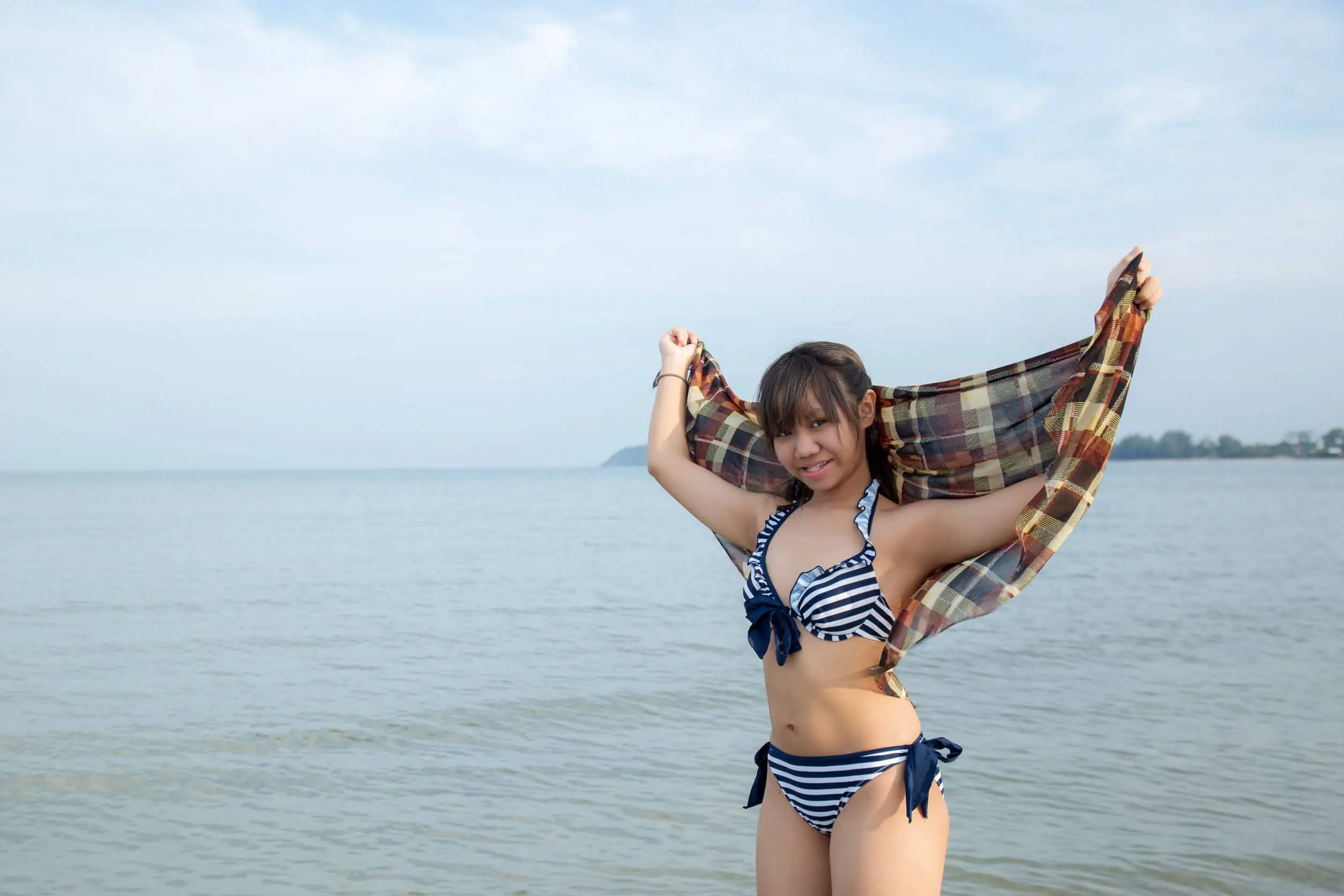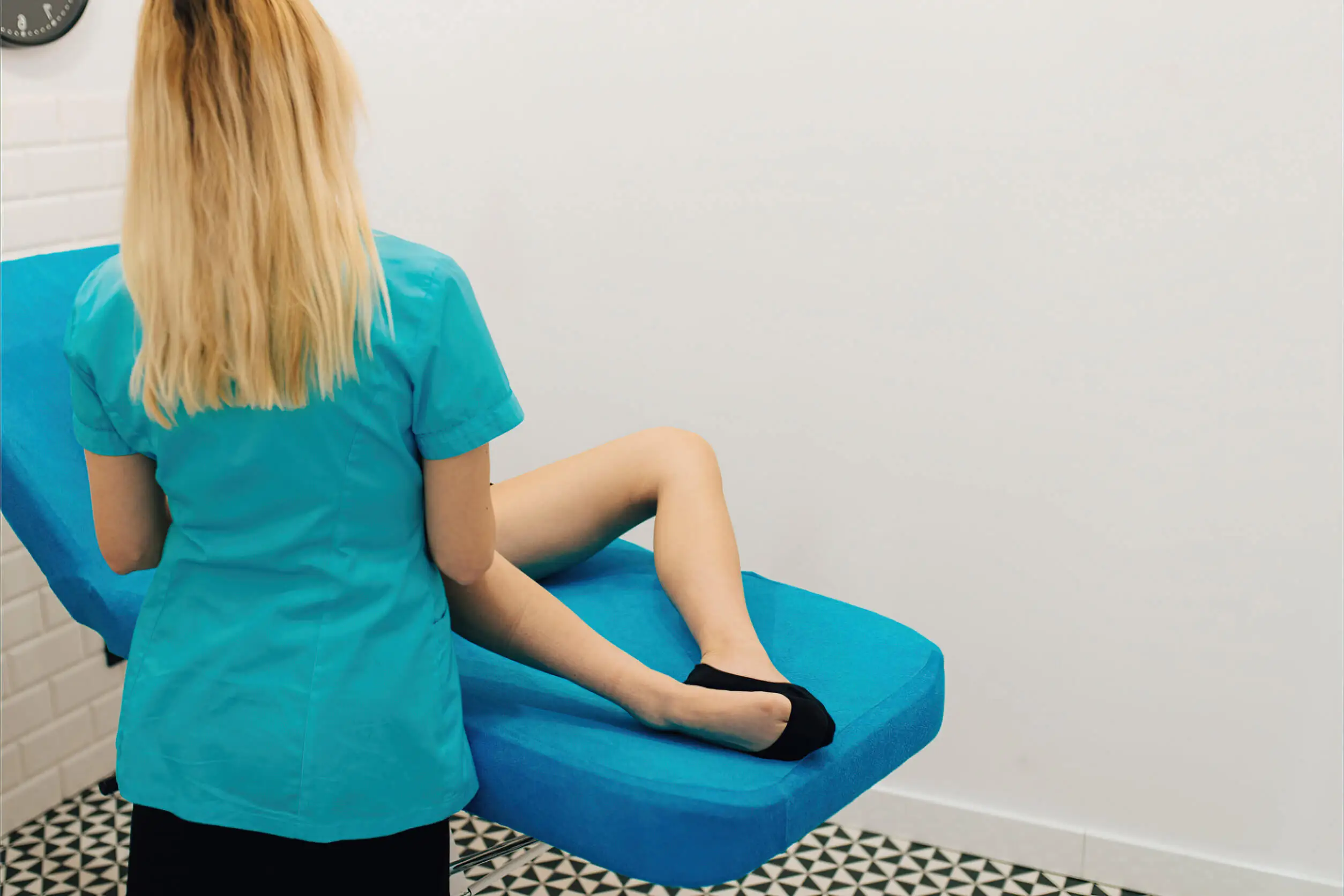Hair Removal for Girls and Teens: Tips to Consider

Hairless bodies as part of the female beauty canon date back thousands of years. However, the trend became widespread and popular at the beginning of the 20th century, especially in the West. Social, cultural, and family pressure is present in girls’ and adolescents’ aesthetic need for hair removal.
With the first signs of puberty, hairs appear in areas that may be visible in skirts, blouses, or bathing suits. That’s why it’s often inevitable and natural for girls and adolescents to want to eliminate them.
It’s up to parents to raise the issue at length and guide girls and teens to the best decisions regarding the first hair removal, which is a habit that will accompany them from now on. Read on to find out how to prepare, when to talk to girls, and which hair removal methods are most appropriate.
You should read this article: 10 Tips to Avoid Irritation After Genital Hair Removal
Tips before the first hair removal

The care of one’s appearance is decisive when deciding to remove body hair. However, other important reasons also drive the decision. Among them, it’s known that removing hair minimizes the accumulation of bad odors.
However, some warnings are pertinent in the face of a skin style that seems to be subject to social “hair phobia” imposed by the sexualized models of cinema, television, and social networks. For example, when we completely remove public hair, there are more possibilities of irritation and infections and we require better hygiene habits.
Regardless, the time for hair removal in girls and adolescents will come. The desire often arises between the ages of 11 and 12, although it will depend on the development of the girl or adolescent, the type of hair, and their skin.
Whether you’re a girl or teen looking to remove hair properly for the first time or a concerned parent, guardian, or friend, keep in mind these tips for a first gentle waving experience without harmful after-effects.
Before you start hair removal, take a warm water bath
Warm water in the shower or with a compress on the area will help open the pores and reduce pain, in addition to making hair removal more effective. If you add to this an exfoliating practice a day or two a week, the results will be much better.
When finished, a bath or the application of cold water will close the pores and soothe the skin. Finally, don’t go out in the sun and use moisturizers to avoid irritation after waxing or shaving and for the following days after.
The skin must be clean, dry, and free of wounds
In some cases, waxing in girls and teenagers is done to be able to wear a strapless dress to a party or to go for a walk to the pool or the beach. To avoid complications, it’s necessary to be calm and exert caution.
The skin that will be subjected to the aesthetic treatment should not have traces of creams or body oils, especially if waxes will be used. Also, waxing should be avoided if there are wounds or the skin is reddened or burned. Finally, if your skin has been exposed to the sun for a long time, you should wait at least 24 hours.
The best way to remove hair is always the least painful
The saying “beauty is pain” is not suitable for this first time. There’s no need to start an exercise that will be permanent, unnecessarily crossing the pain threshold. Here are some of the options.
When it comes to less painful options, there’s chemical bleaching. This is recommended when the hair of the girl or adolescent is thin, short, and not very abundant, and if their skin isn’t dark.
Meanwhile, shaving is quick and budget-friendly, but if there is acne, pimples, or wounds, you run the risk of worsening the situation. On the other hand, you need to be a little agile in handling the blade to avoid cuts. So if there’s a better option, shaving right off the bat shouldn’t be at the top of the list.
Depilatory cream gives the same result as shaving, with the advantage that no wounds are left behind. However, a young woman shouldn’t try this alone. If she leaves the cream on her skin for too long, it can be abrasive and cause dermatitis.
Cold wax strips don’t burn or cut, but they need to know how to remove them carefully and tend to the skin afterward.
Finally, it’s important to know that waxes, creams, or razors can cause folliculitis, hence the importance of exfoliation and cleaning to prevent ingrown hairs or infections.
It’s also worth mentioning that laser hair removal offers a definitive solution for folliculitis and can be performed if there’s acne, a frequent condition in adolescence. Consult your pediatrician about this if you’re interested in learning more.
Other methods of hair removal

When hair removal has become habitual, the hair tends to weaken. There are hair removal processes that offer quick but short-lived solutions, while more specialized ones are guaranteed to keep the next session away.
Let’s take a look.
Electrolysis
When it comes to the first hair removal for girls and teenagers, the important thing is that they’re not subjected to painful procedures, such as electrolysis, which destroys the root of the hair by using electrodes like needles.
In addition, as they are still growing and developing, it’s likely that it will not be a definitive procedure, and the hair will grow back.
Laser hair removal
This device that emits an amplified light of stimulated radiation acts on the hair follicle in a very precise way, but it’s expensive and painful. It’s only recommended when the girl or adolescent has grown up and is already making responsible decisions about her appearance. On the other hand, since the monochromatic light is absorbed by melanin, this resource is best for fair skin to prevent burn.
In the case of moles (or hyperpigmentation), it’s necessary to take certain precautions and follow the recommendations of a specialist. In fact, if a laser is used, moles should be protected with dressings to not receive direct light.
Intense pulsed light
This works like the laser, but with less effectiveness, more sessions, and a greater risk of burns. However, it does have one advantage: good results can be obtained on any type of skin.
It’s recommended to consult a doctor before using this type of treatment.
Read: Intense Pulsed Light Hair Removal, Everything You Need to Know
Tweezers for facial hair removal
Tweezers can be used in specific places, such as the eyebrows. The hair is removed at the root this way, and the effect lasts up to three weeks. However, a beginner should put herself in the hands of people with expertise, as the extraction line needs to conform to the shape of the face.
Waxes
This is a classic technique. Cold, warm, or hot, wax pulls the hair out by the roots and is therefore painful, especially the first few times. However, waxing is a better alternative to depilatory creams.
Still, hot waxing is not particularly recommended if there are varicose veins or if the girl lives in a warm area, because with heat, the veins dilate more easily.
It’s a myth that you can’t wax before your first period
There’s nothing that prevents the girl or teenager can removing hair before their first period. Sometimes, menstruation is delayed, while other signs of development are already evident, including hair in the armpits or legs.
Hair removal is an exclusively aesthetic method. In many cases, a mother’s guidance is exemplary in this respect and it’s up to her to set a healthy example. What can’t be overlooked is that all skin types are different, and the most sensitive skin will be subjected to an intervention that is sometimes irritating and painful if a girl chooses to remove body hair.
It’s best to go to a dermatologist to hear first-hand specialist recommendations. This is especially the case if you want to avoid an a painful first experience.
All cited sources were thoroughly reviewed by our team to ensure their quality, reliability, currency, and validity. The bibliography of this article was considered reliable and of academic or scientific accuracy.
- Bojanini, J., & Fernando, J. (2002). Hábitos higiénicos y flujo vaginal recurrente en adolescentes. Revista Sogia, 9, 7-14. Disponible en: https://www.cemera.cl/sogia/pdf/2002/IX2habitos.pdf
- Diz, J. L. I. (2015). ¿ Cómo influye la moda en el comportamiento de los adolescentes?. Adolescere: Revista de Formación Continuada de la Sociedad Española de Medicina de la Adolescencia., III, 1, 57-66. Disponible en: https://adolescenciasema.org/ficheros/REVISTA%20ADOLESCERE/vol3num1-2015/57-66%20Como%20influye%20la%20moda%20en%20el%20comportamiento.pdf
- Farmacéutico, E., & Canal, E. F. Curso Dermatología. Módulo 2. Tema 12. Dermatología en épocas de la vida: pediatría (adolescentes). Disponible en: https://www.elfarmaceutico.es/tendencias/te-interesa/dermatologia-en-epocas-de-la-vida-pediatria-adolescentes_101069_102.html
- Loyola, A. (2013). La importancia de mantener una buena higiene en la adolescencia. Disponible en: http://www.encauzaconsultoria.com/pdf/La%20importancia%20de%20mantener%20una%20buena%20higiene%2016-ene-2018.pdf
This text is provided for informational purposes only and does not replace consultation with a professional. If in doubt, consult your specialist.








